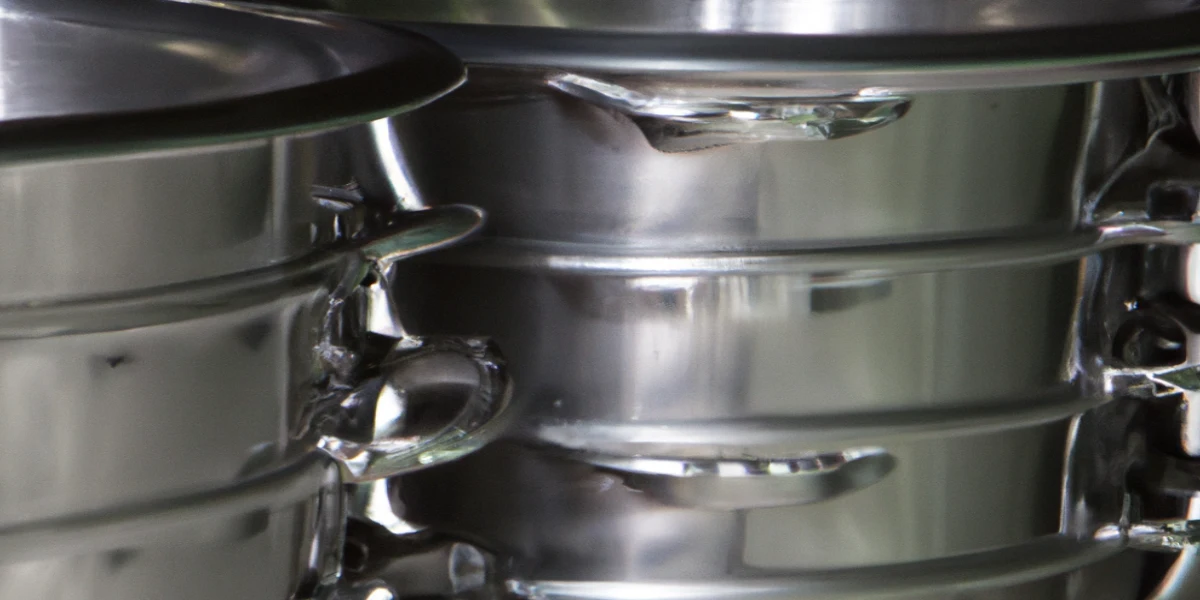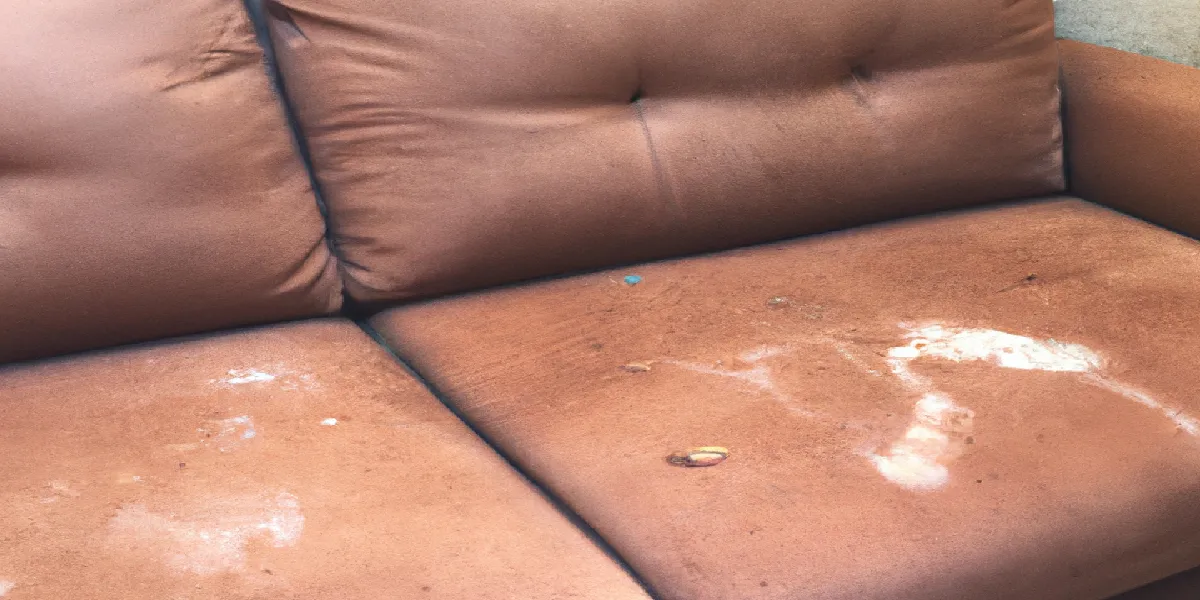Limescale can affect many homes in New Zealand and the two most common factors that contribute to water hardness are calcium and magnesium. When you have a high level of these minerals in your water, you will get a white powdery build-up called limescale.
In Auckland for example there are a lot of dams and water taken from these places usually has a lower level of minerals than places that source water from the ground, because of the route the water travels. Water picks up these minerals as it travels through the aquifer.
Limescale and water hardness is preventable with many measures and with the help of common household items, you can remove that stubborn layer of limescale on your appliances and kettles. There are ways to make the water “softer” that aim to remove most of the minerals before the water leaves your tap.
Limescale is caused by a build-up of minerals found in our tap water. This is formed when rain and other water sources filter through rocks, picking up minerals through the flow. Certain areas of New Zealand will have more limescale in their water than others. When you use your kettle often you will notice a build-up of limescale happening and this can cause strain on your appliances.
Limescale is almost inevitable and will build up over time. Prevention and descaling are the two most common methods to stop any unwanted minerals from forming on your appliances. Preventative measures can include getting a jug with an in-built filter and adding water filters to the taps that you use for drinking.
Descaling happens when the limescale has built up over time and is only effective in the short term.
Table of Contents
ToggleHow do you prevent scale build-up?
Cleaning out any appliances that you use with water requires weekly or fortnightly cleaning. Leaving water in jugs can cause mineral build-ups and we advise our clients to rinse and empty jugs or kettles often. Leaving appliances out to dry after use is a common way to prevent unwanted build-ups as well.
A water softener is a long-term solution for preventing limescale and mineral build-up in appliances. They work using a process called ion exchange, which essentially removes calcium and magnesium minerals from the water transforming it into soft water. This will extend the life of all appliances that are used with the water as well as taps, showerheads, and boilers. In turn, this will save you money in the long run on power and other replacements needed around the home.
How do I get the residue off my electric kettle?
Cleaning your kettle is the key to stopping limescale buildup and will prolong the life of your kettle. Household cleaning items can be used and you can also use some elbow grease and scrub the minerals off yourself.
Natural remedies include using a lemon juice and vinegar solution and soaking your kettle in it for as long as it needs. During this process, you may boil the vinegar solution several times before any limescale comes off.
Does emptying the kettle stop limescale?
This is a preventative measure that will remove the build-up of limescale because there is no water left in the kettle. Generally speaking, if you leave water inside your appliances for too long you run the risk of build-ups happening.
Does bottled water prevent limescale?
Bottled water has minerals in it however it has gone through a filtration process. Using bottled water is another preventative measure because it’s cleaner in a sense and doesn’t contain the same minerals that come out of our taps.




